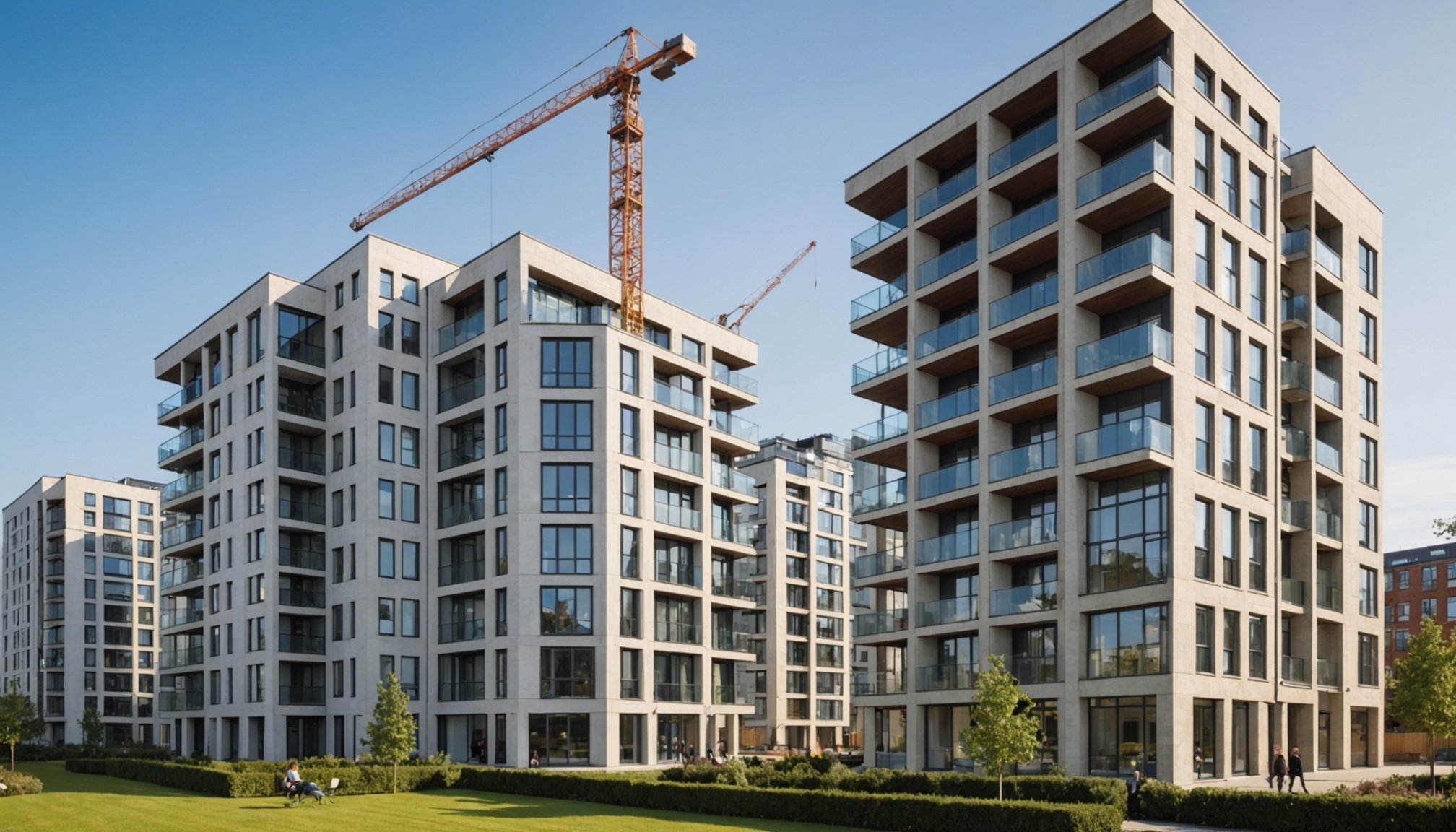Assessing the feasibility of a new residential project is paramount for property developers in the UK. With the current market dynamics, understanding the potential financial returns and risks associated with any development is crucial. A thorough analysis of various factors, including costs, market demand, and regulatory requirements, will enable developers to make informed decisions. This article will guide you through the essential steps to evaluate a project’s feasibility, ensuring that you can identify promising investment opportunities that stand out in the real estate market.
Understanding Market Demand
The initial step in assessing a project’s feasibility involves a deep dive into market demand. Developers must investigate current housing trends to determine what types of properties are sought after. This analysis includes understanding the demographics of the target audience, including age, income levels, and lifestyle preferences. For instance, are young professionals looking for apartments in urban areas, or are families seeking larger homes in suburban settings?
Have you seen this : What financing options exist for eco-friendly property developments in the UK?
Moreover, developers should study the competition within the market. Analyzing existing properties similar to what you plan to build will provide insights into pricing strategies and occupancy rates. By examining local sales data and rental yields, you can gauge the potential for your project. Understanding whether the supply is meeting demand or if there exists a gap in the market will significantly influence your planning phase.
Utilizing surveys and focus groups can also yield valuable information about what potential buyers or renters desire. Tailoring your project to meet these needs can increase its attractiveness, ultimately enhancing its return on investment. By grasping market demand, you can avoid projects that may be at risk of underperformance and focus on those with clear opportunities.
Additional reading : How can foreign investors navigate the UK property tax landscape?
Conducting a Detailed Financial Analysis
A robust financial analysis is at the heart of any project feasibility study. This process involves estimating all costs associated with the development, including land acquisition, construction, and ongoing operational expenses. It is essential to account for unexpected costs as well, such as delays or changes in materials prices, which can significantly impact the overall budget.
Next, developers should project potential revenues. This involves setting realistic expectations based on market analysis. Consider current pricing trends and forecasted appreciation rates to determine future property values. It’s advisable to analyze different scenarios, including best-case and worst-case outcomes, to understand the potential risks involved.
Additionally, calculating the return on investment (ROI) is crucial. This metric will help you determine whether the projected profits justify the costs and risks associated with the project. A favorable ROI may convince stakeholders and investors that the project is worth pursuing.
Creating a comprehensive budget and financial model will not only clarify the project’s financial viability but will also serve as a valuable tool when seeking funding or partnerships. Providing investors with clear, detailed financial projections can instill confidence in your project’s potential.
Evaluating Regulatory and Planning Requirements
Every residential project must navigate a complex landscape of planning regulations and zoning laws. Understanding these requirements is essential to ensuring project feasibility. Developers should familiarize themselves with the local council’s policies regarding land use, building codes, and environmental regulations.
Early engagement with planning authorities can yield insights into potential challenges. Pre-application discussions can help you understand the likelihood of obtaining planning permission and any specific concerns that might arise during the application process. Knowledge of local community plans and housing strategies will also provide context for your project and align it with regional development goals.
Moreover, it’s vital to assess the risk of opposition from local communities. Projects can face significant delays or even rejection if they do not meet community needs or if they generate public dissent. Conducting community consultations can help gauge public sentiment and identify any issues early on. Addressing these concerns in your project design can enhance community acceptance and increase the potential for a smooth planning process.
Incorporating sustainability practices, such as energy efficiency and green spaces, may also appeal to planning authorities and the wider community, further reinforcing the viability of your project. Overall, thorough knowledge of regulatory requirements and proactive engagement can streamline the planning process and reduce risks associated with project feasibility.
Conducting Risk Assessment
Every project carries inherent risks that can affect its success. Conducting a thorough risk assessment will help you identify potential obstacles and develop strategies to mitigate them. It’s critical to evaluate both internal and external factors that could impact your residential project.
Internal risks may include budget overruns, construction delays, or unforeseen site conditions. Developing a contingency plan can help manage these internal challenges effectively. External risks, on the other hand, encompass market fluctuations, changes in regulations, and economic downturns. Keeping abreast of market trends and economic forecasts can provide early warnings of potential shifts that may affect your project’s viability.
Additionally, it is wise to look into the financial health of your partners and contractors to ensure that they can fulfill their roles without jeopardizing the project. Building a strong, integrated team can significantly reduce risks associated with project development.
Finally, consider using risk assessment tools and methodologies, such as SWOT analysis (Strengths, Weaknesses, Opportunities, Threats), to evaluate your project comprehensively. By proactively identifying and addressing risks, you can enhance the likelihood of your project’s success and ensure that it remains a viable investment option for stakeholders.
In conclusion, assessing the feasibility of a new residential project in the UK involves a multifaceted approach that encompasses market demand, financial analysis, and regulatory requirements. By understanding the market landscape, conducting detailed financial projections, evaluating planning regulations, and assessing potential risks, property developers can position their projects for success. Implementing these strategies not only enhances the likelihood of achieving favorable returns but also ensures that your project aligns with community needs and market trends. Ultimately, thorough feasibility studies can empower developers to make informed decisions, paving the way for sustainable and profitable residential projects in the competitive real estate sector.











